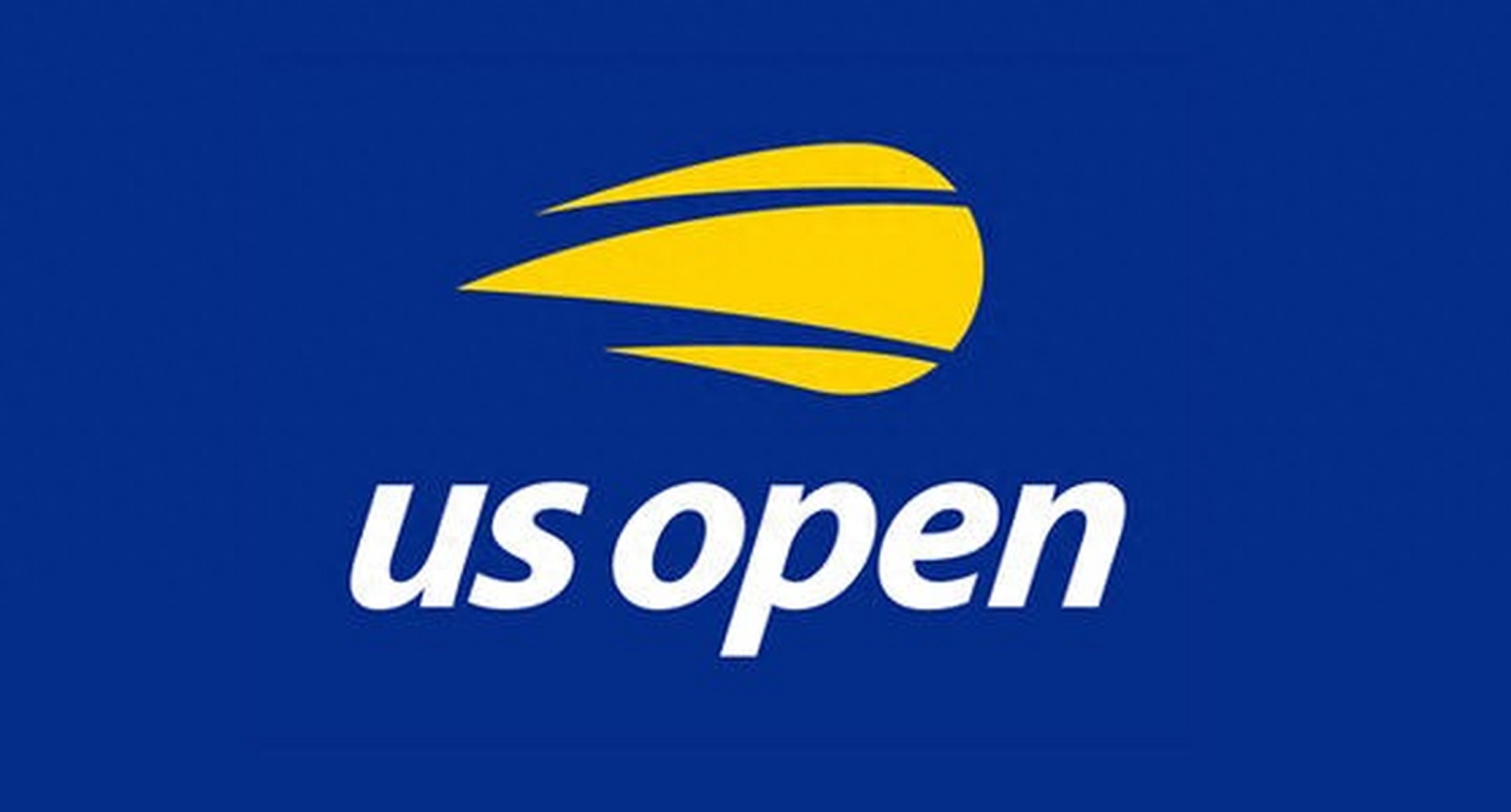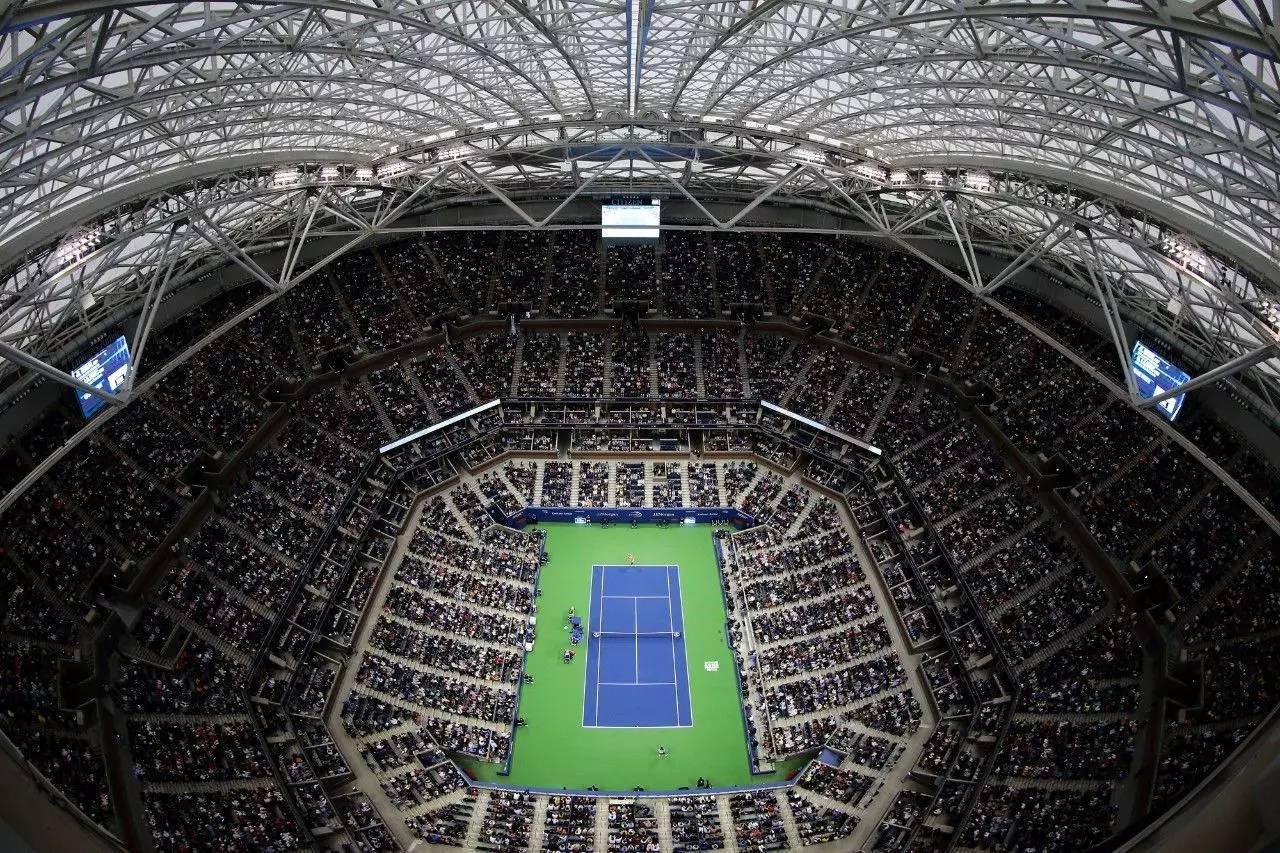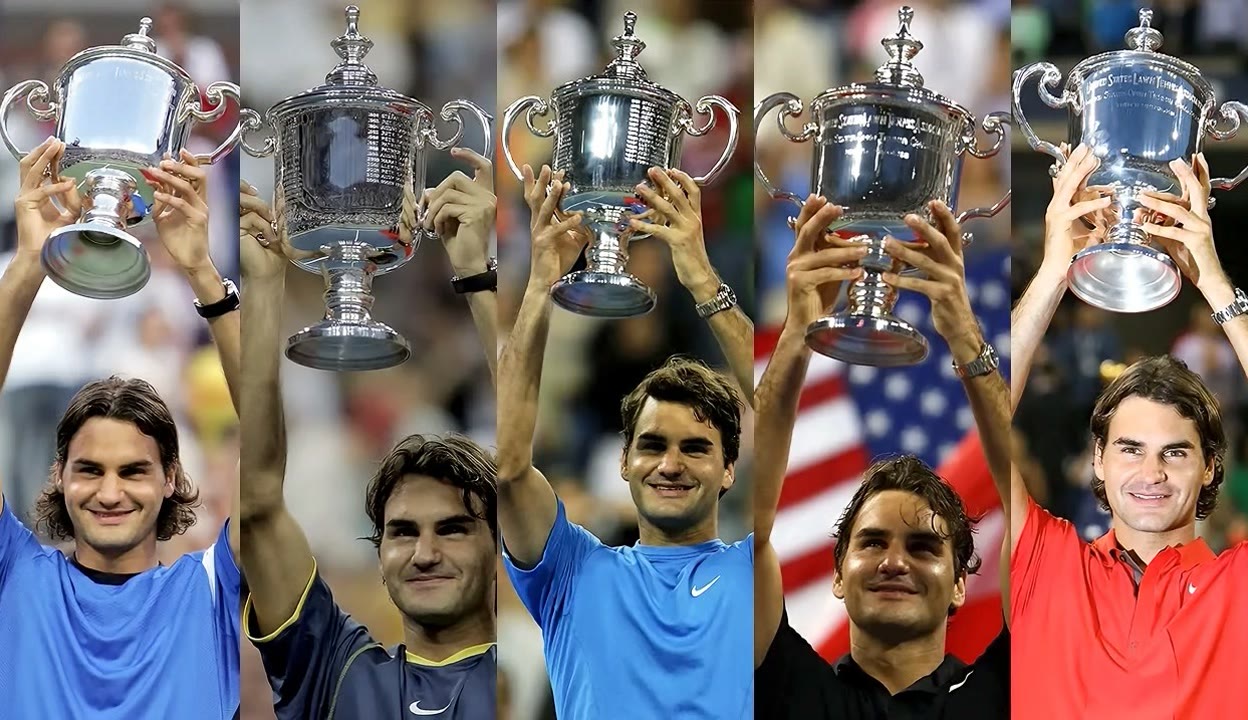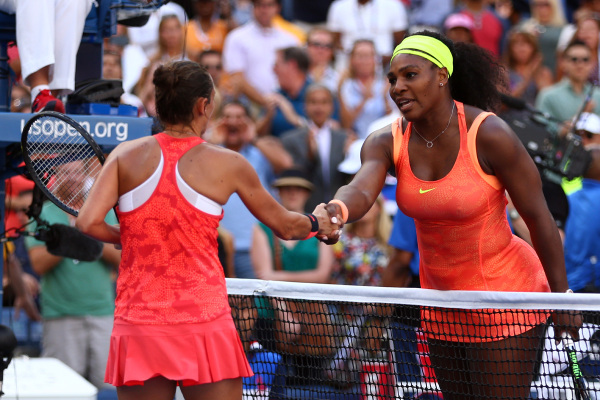US Open: The Prestige and Challenges of the Year’s Final Grand Slam
The retractable roof over Arthur Ashe Stadium slowly closes while the breath and excitement of 23,000 spectators fill the atmosphere. This place is both a furnace of dreams and a resting place for legends. As the final Grand Slam of the season, the US Open remains the most eagerly awaited yet unforgiving arena in tennis. Every late summer to early autumn, the world’s top players gather in Flushing Meadows, New York, to compete for the highest honor in this tournament dating back to 1881. The event has witnessed countless legendary moments but also seen many heroes falter at the last hurdle due to the cumulative fatigue and pressure of the season.

The US Open began in 1881 as the U.S. National Championships, initially open only to members of the United States National Lawn Tennis Association. Matches were played on grass courts until 1978 when the tournament moved to the current USTA Billie Jean King National Tennis Center in Flushing and switched to hard courts. This change not only altered the style of play but also created a fairer competitive environment. Hard courts offer a moderate pace—not as fast as grass nor as slow as clay—demanding more well-rounded skills from players. The Open Era started in 1968, making the US Open the first Grand Slam to offer equal prize money, achieving gender pay parity by 1973, reflecting the tournament’s commitment to equality.

Arthur Ashe Stadium is the centerpiece of the US Open and the largest outdoor tennis stadium in the world. Opened in 1997, it was named after Arthur Ashe, the 1968 US Open champion and the first Black man to win a Grand Slam singles title. In 2016, a retractable roof was added to prevent rain delays. The roof can close within 5 to 7 minutes, and the renovated stadium now seats 23,771 spectators, enhancing the viewing experience. Ashe was not only a remarkable tennis player but also a social activist. He passed away from AIDS in 1993, and naming the stadium after him honors his legacy as a trailblazer who broke racial barriers in tennis.

Roger Federer’s achievements at the US Open stand out prominently in its history. In 2008, Federer defeated Britain’s Andy Murray in straight sets in the final to claim his fifth consecutive US Open title—a first in the Open Era. Federer remarked at the time, “One thing I’m sure of is that I won’t stop my Grand Slam count at 13.” He ultimately fulfilled that promise, raising his Grand Slam titles to 20. Federer holds a 34-match winning streak at the US Open, with his last loss there dating back to 2003, showcasing his dominance and remarkable endurance on hard courts.

As the year’s final Grand Slam, the US Open demands exceptional physical endurance from players. After nearly a full season of competition, many top athletes arrive in New York exhausted, leading to surprising outcomes and the emergence of “one-Slam” champions. Players like Tim, Cilic, Del Potro, Raducanu, and Andreescu seized their sole Grand Slam title here, joining the US Open’s “one-Slam” club. Fatigue is a key factor—after the French Open, Wimbledon, and the long North American hard court season, many top players are no longer at peak condition. The high heat and humidity of late summer in New York further drain stamina, creating conditions ripe for upsets.

The US Open has not only produced “one-Slam” miracles but also shattered the annual Grand Slam dreams of many superstars. Novak Djokovic and Serena Williams, among others, have come close but fallen short here. After achieving her “Serena Slam 2.0” in 2015 and coming off a Cincinnati win, Serena was unexpectedly upset by Vénus in the semifinals. Djokovic, aiming for a calendar-year Grand Slam in 2021, exhausted himself in a semifinal battle against Zverev due to a tough draw, ultimately losing decisively to Medvedev in the final.

In September, under the night sky at Arthur Ashe Stadium in New York, the crowd remains roaring. A young player has just pulled off a stunning upset against a veteran champion, eyes shining with disbelief. The stands rise in applause for another “one-Slam” miracle born. At the players’ tunnel, a legendary figure quietly packs his bags, his dream of a calendar-year Grand Slam once again dashed here. The US Open never fails to meet fans’ expectations but rarely fulfills the ambitions of its heroes. This is the unique allure of the year’s final Grand Slam—it belongs both to the making and the ending of legends.(Source: Tennis Home, Author: Xiao Di)







 Links
Links
 Contact
Contact
 App
App


